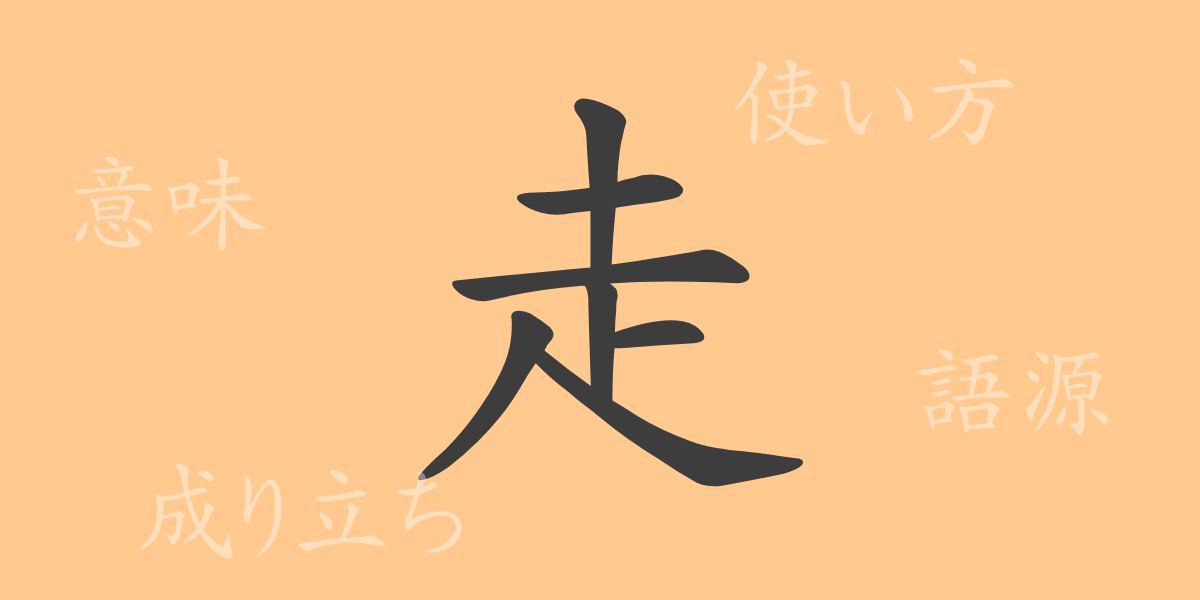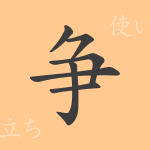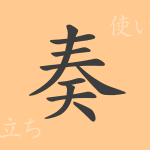Japanese language is rich with thousands of Kanji, each bearing its own unique history and meaning. “走” (ソウ) is one of the commonly used Kanji in our everyday lives. In this article, we will explore the origins of “走” (ソウ), its meanings, usages, readings, stroke count, and delve into idioms, phrases, and proverbs that utilize this Kanji.
Origins of 走 (ソウ)
The Kanji “走” (ソウ) can trace its roots back to ancient Chinese oracle bone script. Originally, it was a pictograph resembling a foot, with a symbol above representing “土” (つち), indicating the act of a foot pressing down on the ground. Over time, its form has abstracted to the current “走,” still embodying the notion of running or moving.
Meaning and Usage of 走 (ソウ)
“走” (ソウ) primarily conveys meanings related to running, such as ‘to run,’ ‘to start running,’ and ‘to travel.’ In Japanese, it is used not only for physical movement but also metaphorically, as in expressions like ‘time runs’ to indicate the passage of time.
Readings, Stroke Count, and Radical of 走 (ソウ)
Here are some details about the Kanji “走” (ソウ):
- Readings: On’yomi (Sino-Japanese reading) is “ソウ” (ソウ), and the kun’yomi (native Japanese readings) include “はし(る)” (ハシル), “はし(り)” (ハシリ).
- Stroke Count: “走” has a total of 7 strokes.
- Radical: The radical is “足” (アシ or アシヘン), which relates to the foot or legs.
Phrases, Idioms, and Proverbs Using 走 (ソウ) and Their Meanings
There are many idioms and phrases that incorporate “走” (ソウ), each with unique implications:
- Idiom: “走馬灯” (ソウバトウ) – Refers to the phenomenon believed to occur at the point of death where one’s life flashes before their eyes.
- Phrase: “走り書き” (ハシリガキ) – Hastily written, sloppy handwriting.
- Proverb: “走らぬ馬に鞭打つな” (ハシラヌウマニムチウツナ) – Do not whip a horse that is already running, implying not to unnecessarily push those who are already doing their best.
Summary on 走 (ソウ)
The Kanji “走” (ソウ), symbolizing movement and speed, is widely used in the Japanese language. Its simple yet powerful strokes represent the fundamental human action of running, enriching various idioms and expressions. Each time you encounter this Kanji in everyday life, remember its rich history and the depth of its meanings.

























